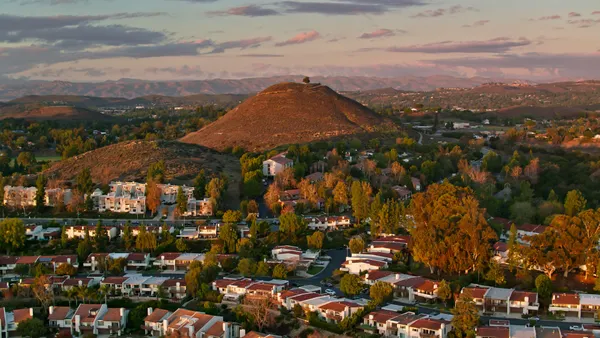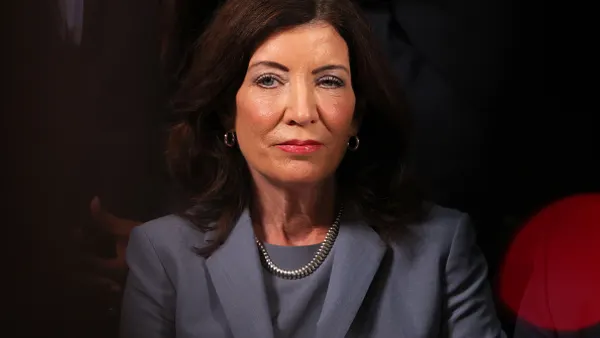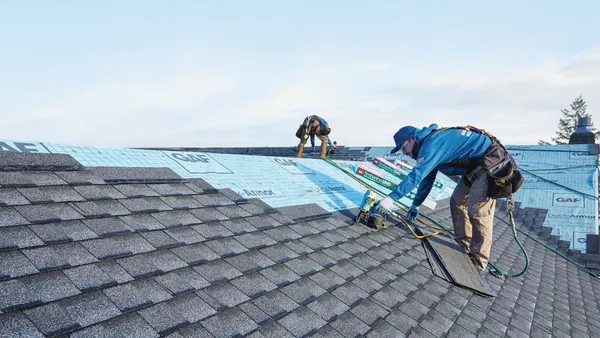Two of the biggest issues confronting cities in 2019 are climate change and cost of living. Honolulu is no exception, but it has addressed those challenges in innovative ways.
Situated on Hawaii's most vulnerable island, rising ocean levels threaten to seep into O'ahu, destroying 4,000 structures and 18 miles of coastal roads in its wake. Honolulu has responded to the imminent dangers of climate change with initiatives and policies designed to transform transportation, housing, food security, the built environment and more.
But many climate initiatives, like congestion pricing plans or deploying electric vehicle fleets, can carry the risk of leaving low-income residents behind. And with a population that's been on the decline for four years due in part to wages that have not kept pace with rising home costs, the city and its mayor, Kirk Caldwell, are addressing those potential inequalities head-on.
Honolulu's climate goals, like many cities, are ambitious. The city agreed to follow the Paris climate agreement, with plans to reduce greenhouse gas emissions up to 28% below 2005 levels by 2025. Honolulu's emissions dropped by about 17% from 2005-2016, and they're continuing to chip away at that rate to become 100% renewable and carbon neutral by 2045.
The city is also leading the country's mayors in efforts to reduce CO2 emissions from the built environment following the 2019 U.S. Conference of Mayors. As this year's host city, Honolulu officials created a resolution to urge the visiting mayors to consider using carbon dioxide mineralized concrete for infrastructure projects.
On top of forging a path to aggressively reduce emissions, the city is carving a space for itself as a resilience leader with initiatives designed to improve transportation, housing and food security.
Following the 2019 U.S. Conference of Mayors annual meeting in Honolulu, the city put seed money into a fund for smart cards that residents could use for aid during natural disasters, Mayor Kirk Caldwell told Smart Cities Dive. For example, the city advises its residents to prepare for storms by purchasing 14 days worth of food. But not every household can afford one day of food, let alone two weeks worth, according to Caldwell. So the city is considering the card to be used with food banks to help people purchase enough supplies ahead of natural disasters.
The card is a way to "use technology to empower people," Caldwell said.
The city also added a number of self-service kiosks in 2019 to shorten lines at satellite city halls, in part to aid residents who might live on the edge of town as a result of being priced out of the city center. Residents can renew vehicle registrations at the kiosks, which are situated in Safeway stores open 24 hours a day and seven days a week.
And an O'auh Resilience Strategy was released in 2019 to address the area's affordable housing and food security needs. The city's median rent for two-and three-bedroom units is the highest in the nation, which has consequences for the 46% of O'ahu households that have difficulty affording basic needs, according to the report. To help mitigate those costs, the city plans to reduce the number of empty homes and increase affordable housing units; return illegal vacation rentals to housing units; and reduce related costs like utility and parking fees.
Outside of affordable housing, the resilience strategy also plans to encourage an innovation economy, spurring growth beyond the economy's two largest sectors: military and tourism. The plan aims to foster new agricultural models for food security, given that 85-90% of Hawaii's food is imported. To become less dependent on imported food, the plan suggests an urban farming roadmap and engaging an "O'ahu Food Policy Council" of local food policy and farming experts.
Tackling these issues requires "courage" and "bravery," Caldwell said.
"There will be pushback and opposition," he said. "Change is difficult… but I think we’ll get there ... I’m hoping mayors throughout the world can be able to lead and push forward."











